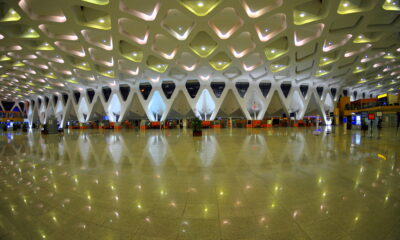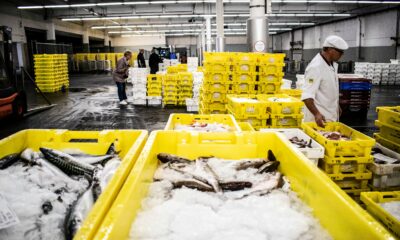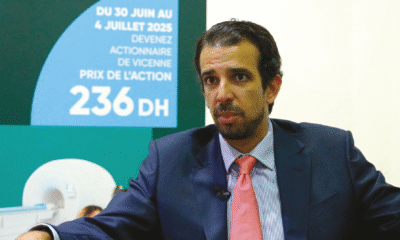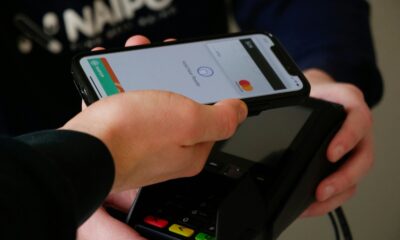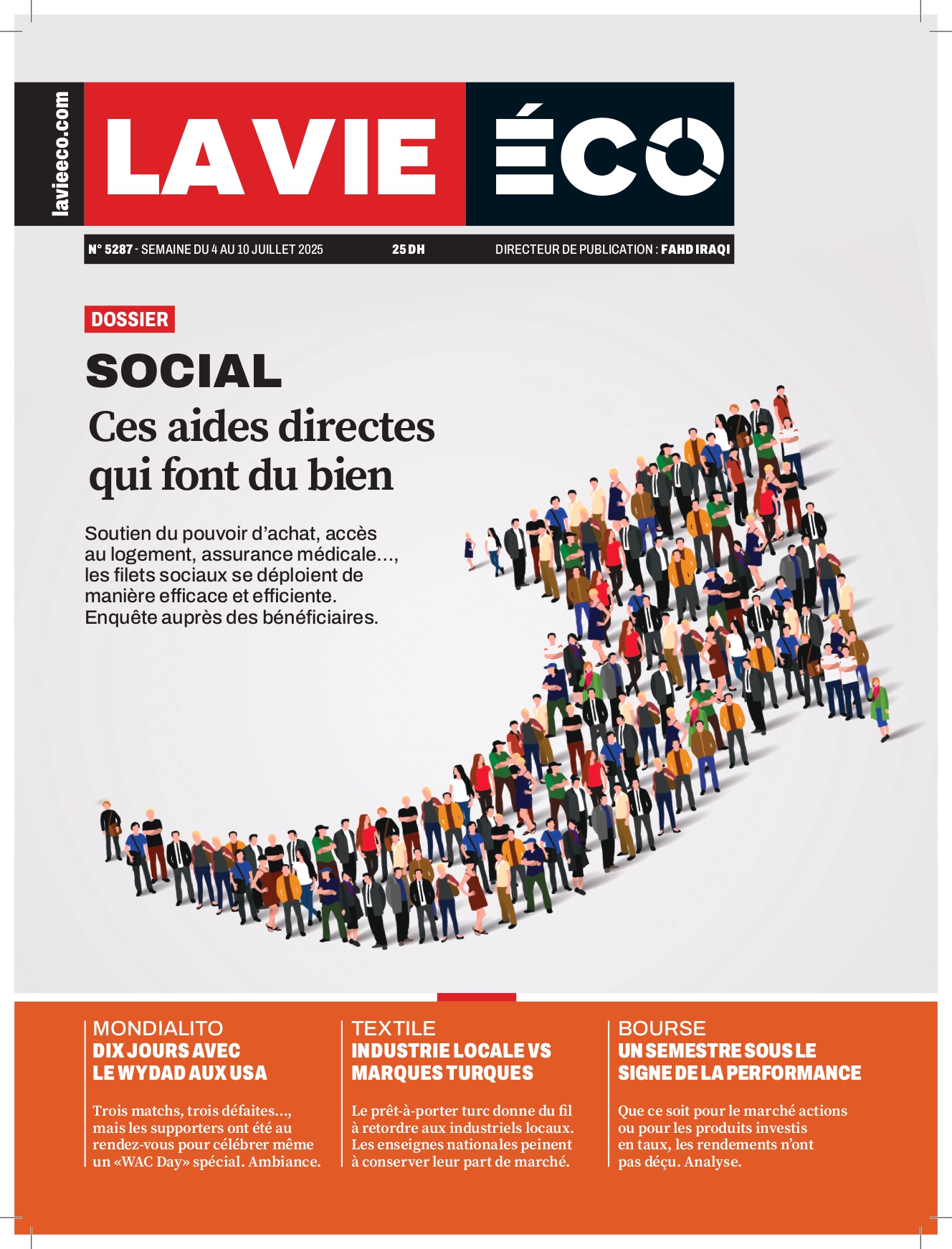Kingdom
International Funders Betting Big
For now, as the Treasury has not yet executed a move to enter the international financial market, Morocco has increasingly turned to multilateral development banks in recent weeks to meet its foreign currency requirements.
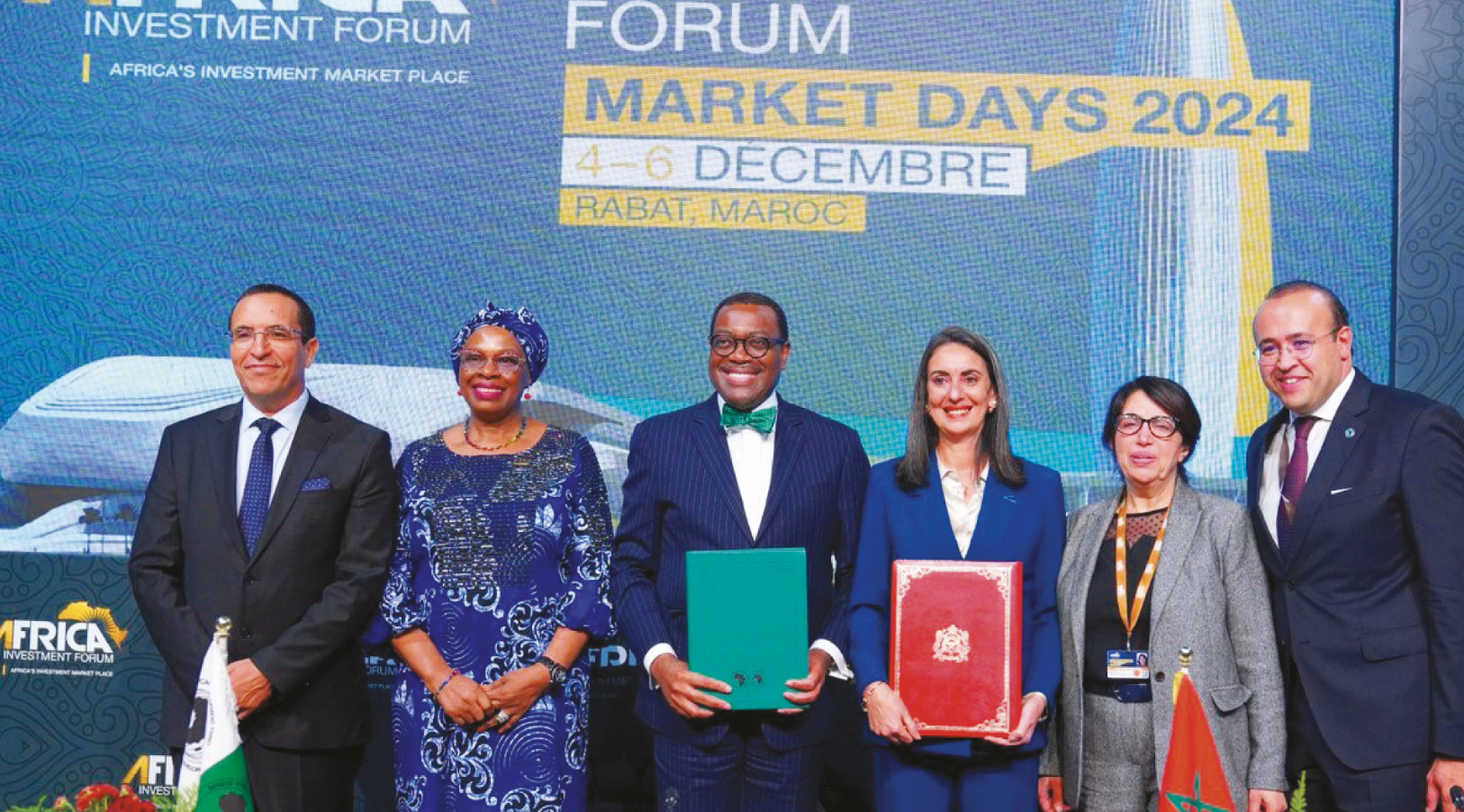
Morocco is multiplying financing agreements with international or regional development banks, as well as bilateral creditors through their development banks.
Indeed, at the end of this year, Morocco has been announcing a series of loan agreements with key partners and funders of the Kingdom, such as the World Bank, the EBRD, and the AFD, at a rapid pace.
The amounts committed under these agreements, totaling several billion dirhams, are in line with the Treasury’s needs and the challenges facing the government.
The objectives include maintaining comfortable levels of foreign exchange reserves and funding strategic government projects, especially the various programs launched as part of social state consolidation, combating climate change, and water supply.
Additionally, the funding aims to support large-scale investment projects in the infrastructure sector, in preparation for co-hosting the 2030 World Cup. This includes efforts in reconstruction and aid to those affected by the earthquake in the Al-Haouz region and the floods in the southeast of the Kingdom.
IFIs and Development Partners Support Morocco with Multi-Billion-Dirham Loan Agreements
The numbers speak for themselves: during November and early December, Morocco has finalized loan agreements with various financial backers totaling a substantial 13.7 billion dirhams in foreign currencies.
One of the most notable deals is with the African Development Bank (AfDB) for 3.6 billion dirhams, dedicated to supporting programs in climate change, drinking water production, and the development of the Nador West Med port.
Morocco has also sealed two agreements with the World Bank for amounts of 2.5 billion and 700 million dirhams, allocated to municipal waste and social protection sectors, respectively. The European Union has committed 2 billion dirhams to aid in the reconstruction efforts in areas affected by the September 8, 2023 earthquake.
The IMF has provided 4.1 billion dirhams to support the energy transition. The French Development Agency (AFD) has signed two agreements totaling 1.6 billion dirhams to assist programs related to universal health coverage and the government’s equality plan. Expectations are high for more loan agreements to be signed by the end of the year.
Only 24 billion dirhams by the end of October
From a budgetary perspective, these fundings come at the right time. The Treasury has only achieved a third of the external financings planned in the 2024 Finance Law by the end of October 2024.
The Finance Law budgeted total loans of over 123 billion dirhams in 2024 for Treasury financing, including over 53 billion internally and 70 billion in external loans. After deducting the repayments of previously contracted loans, over 51.1 billion dirhams of external financings need to be mobilized this year.
However, according to the statistics from the General Treasury of the Kingdom at the end of October, the external withdrawals made only total 24.1 billion dirhams, including 13.5 billion dirhams from the International Bank for Reconstruction and Development, the principal organ of the World Bank, and 3.3 billion dirhams from the IMF.
This represents a gap of nearly 26 billion dirhams with the Finance Law forecasts, which can be explained by the absence of international Treasury exits this year, in a globally challenging environment characterized by still high rates.
Contrary to last year, the Treasury was able to raise 2.5 billion dollars from private creditors in the international financial market. Hence the increased reliance at the end of this year on donors to fill the gap, especially at preferential rates. That being said, a Treasury exit into the international bond market is not ruled out.
The Ministry of Finance also ensures that it is “constantly” monitoring market conditions to seize the right moment.
IBRD, Leading Creditor
While awaiting the realization of this venture, the Treasury can continue to rely on financial backers to mobilize foreign currency financing.
Morocco is indeed one of their preferred partners. According to a recent World Bank report, in 2023, the Kingdom ranks among the six largest borrowers from the IBRD, which primarily lends to creditworthy middle-income countries.
The Kingdom is also the bank’s top client in the MENA region. Overall, multilateral financial backers remain, by far, the primary source of Morocco’s external financing, accounting for 49% of the Kingdom’s total external debt, which reached 453 billion dirhams in 2023 (including public institutions and enterprises).
This dominance is expected to continue, with their share likely to increase further in 2024. The AfDB has just announced its intention to submit a financing project of 650 million euros to support Morocco’s preparations for the 2030 World Cup.
Behind the multilateral banks, private creditors hold 36% of Morocco’s external debt, while bilateral creditors account for around 15% of the Kingdom’s external debt, with France and Spain being the main lenders.

